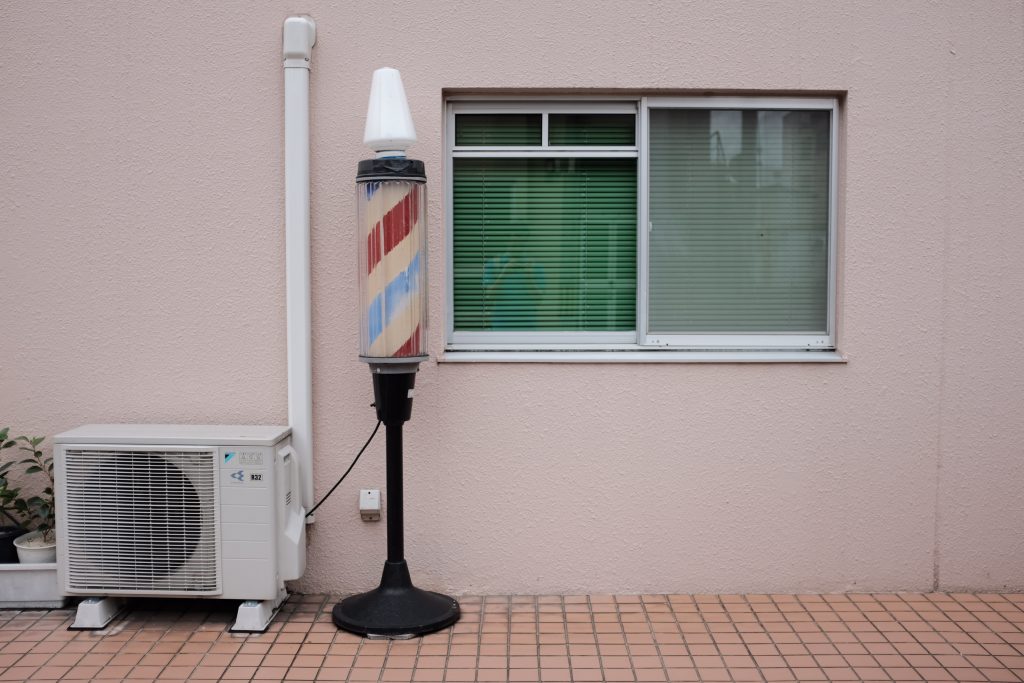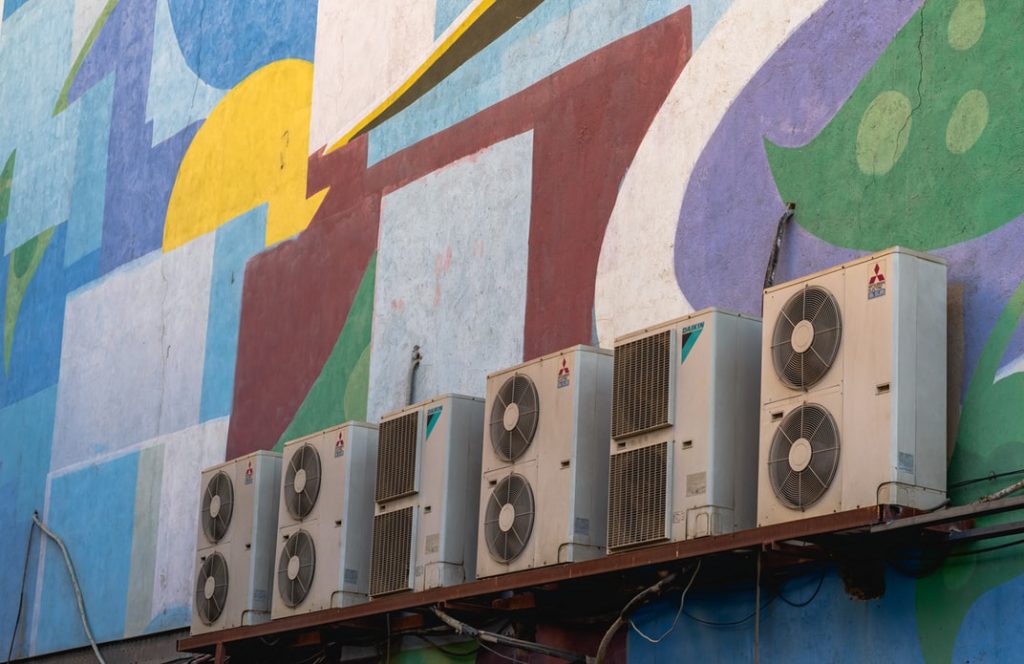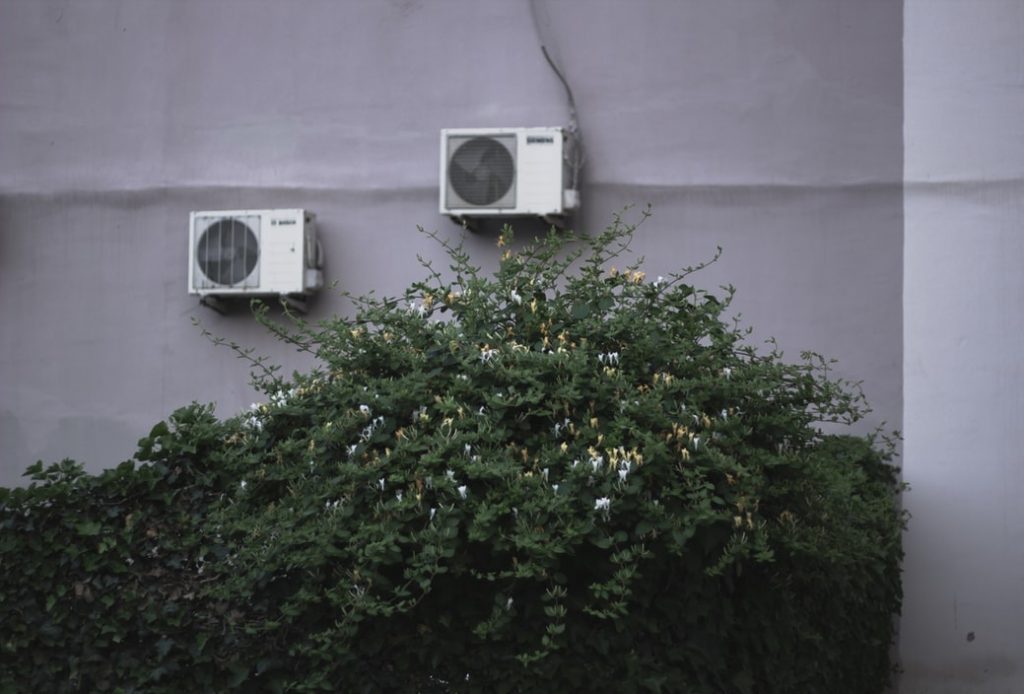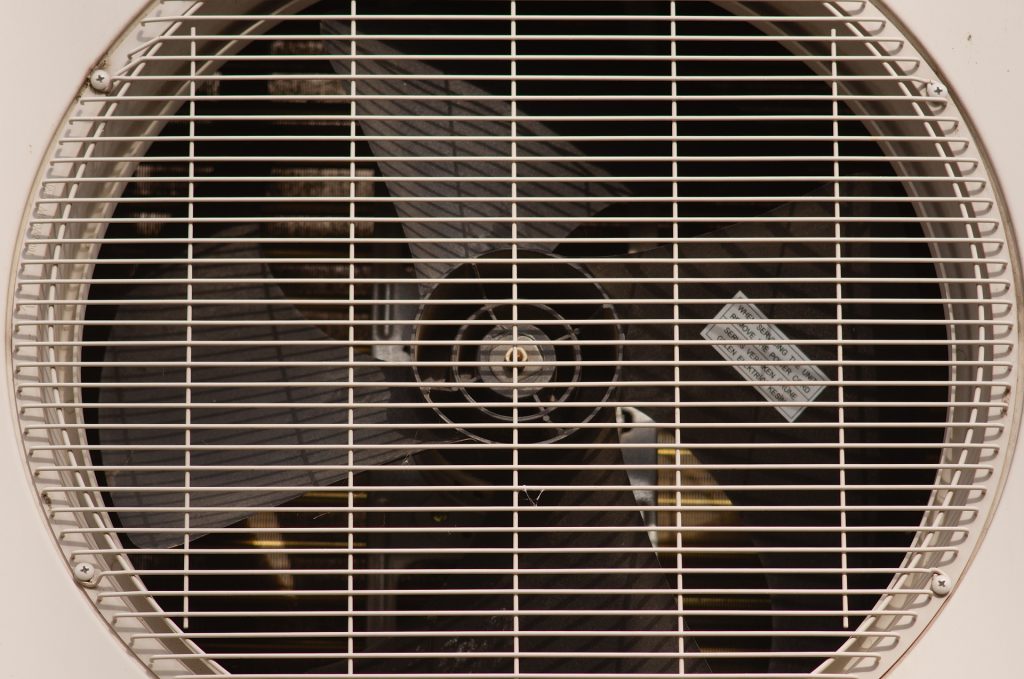As the key provider of HVAC services in Phoenix, AZ, we know that your HVAC unit is a complex system that works to maintain just the right temperatures in your house for the best living environment. This system contains several components that must work together seamlessly to provide the desired conditions.
One such crucial component is the evaporator coil. The HVAC evaporator coil needs to function properly, as it’s where hot air is cooled and dried. In fact, it’s simply the heart of your entire air conditioning system.
If this part of your HVAC is broken or damaged, you can be sure you won’t enjoy a cool environment during the heat of spring and summer. For this reason, you must ensure the evaporator coil is in good working conditions at all times.
Today, we will dive deep into how this component works, how to keep it well maintained, and why and when you might need that HVAC coil replacement.
But, first things first!
What is an HVAC Evaporator Coil?
An air conditioning system comprises various parts, including the compressor, evaporator and condenser coils, thermostat, fans, electric circuits, wires, etc. An evaporator coil is simply one of those components that the unit can function without.
Evaporator coils are mostly made from copper or aluminum tubing, measuring about an inch in diameter, which contains a cold refrigerant. They are found within the indoor section of your unit, usually beneath the system’s blower fan. You can access it through the service port or ductwork, although you might, in some instances, need to cut an opening through the duct.
The long twisted metal tubes work to cool the indoor air, maintaining a refreshing environment for you and your family.
How Does the HVAC Evaporator Coil Work?
While many might think the condenser coil does all the cooling work, it actually does half of it. The rest of this function is left to the evaporator coil inside your house.
While these two components are made of the same materials and have a similar end goal, they work in reverse. The condenser coil, located outside the house, siphons warm air from your home back to the outside environment. On the other hand, the evaporator coil absorbs the heat in the warm air indoors.
Also, during the heat absorption process, the evaporator coil dries up the air. This means that it not only cools the environment but also reduces the moisture levels in the indoor air. This way, your indoors become a haven during the hot season.
The evaporator coil’s efficiency is based on the fact that copper and aluminum are good conductors of heat, hence easy heat transfers. However, if this ability is blocked in any way, the entire unit’s effectiveness is compromised.
This means that it’s crucial to ensure nothing is blocking these metals from coming into contact with the passing air from the blower fan. Otherwise, the coil won’t be able to absorb enough heat from the warm air.
Maintaining Your HVAC Evaporator Coil
As mentioned earlier, every component of your air conditioning system must be well-maintained for proper functioning. The evaporator coil is no different. In fact, failure to properly maintain this component might lead to the collapse of the entire unit.
Remember, proper maintenance will help you avoid expensive repairs and unnecessary HVAC coil replacement costs.
But how do you ensure that the component is in good working condition?
Well, regular maintenance is vital. You should have a qualified technician check and clean the evaporator coil at least once or twice per year. During this service, the technician will remove any dirt accumulating on the coils, which might hinder optimal heat absorption.
Regularly cleaning or changing your unit’s air filters will also play a major role in keeping off dirt accumulation on these coils. Remember, clogged or dirty filters increase the chances of dust and debris reaching the evaporator coil.
Regular checks of the coils will also help identify any corrosion, which might lead to leakages of the refrigerant. Early detection can save you a significant amount of money and stress.
The Best Time to Replace Your Evaporator Coil
Most quality air conditioners can last for at least ten years without major issues. The evaporator coils can also remain functional for the same period, although some tend to develop maintenance issues slightly earlier. In these instances, there’s a need to replace the evaporator coils to ensure a continued smooth operation of your HVAC system.
Knowing when to clean or replace your unit’s evaporator coil is vital. This will help avoid costly system repairs or even large energy bills. For this reason, here are some key signs that show you when to replace your evaporator coil:
- When you notice difficulties on your HVAC during transitions from heating to cooling tasks
- Visible corrosion or leakages around your AC unit
- Warm instead of cool air blowing through your AC’s air vents
- Automatic turning on and off of the system, without attaining ideal room conditions
- Failure of the AC to turn on
- Hissing, banging, or clunking sounds from your air conditioner system.
When you notice any of these signs, contact a professional HVAC technician to check the system for you.
In addition, if you are planning to replace your AC or heat pump, this can also be an ideal time to replace the evaporator coil. Why?
Well, there’s a significant connection between the evaporator coil’s performance and your cooling or heating system. This means that by replacing the evaporator coil together with the other components, you’ll increase your HVAC’s efficiency, as well as help improve the system’s energy consumption.
You might even require to replace your entire unit instead of just replacing an evaporator coil in some instances. This occurs if your current system has a SEER rating of less than 14, which is the current federal government’s requirement.
The SEER rating is the energy efficiency ratio required for all HVAC units by the government. This means that if you had an HVAC unit with a less SEER ratio, matching it with a coil of more than 14 won’t be possible. You must then replace the whole system with one that meets these standards.
What is the Average HVAC Evaporator Coil Replacement Cost?
The first question you should ask yourself here is, ‘what’s the benefit of having a properly functioning HVAC system? And, is the HVAC coil replacement cost worth it?’
Well, the fact is that having your evaporator coil in the right working conditions is worth every penny you might incur. Why? You avoid encountering various problems such as:
- Costly frequent
- High energy bills
- Inefficient system
- Less comfort at home
Generally, a new evaporator coil will cost you between $200 and $1500 to purchase. The price is largely dependent on the unit’s size and brand. You’ll also incur labor charges of around $500 to $1200.
This means that the entire cost of your HVAC evaporator coil replacement stands between $700 and $2700. While this might seem expensive, with proper maintenance, the replacement can be done even after 10 or 15 years. This way, the unit will have given you quite a long quality service.
But, this streams down to how clean you keep your HVAC system and how frequently you check and rectify possible problems.
[related_posts_by_tax posts_per_page="3" format="thumbnails" image_size="medium"]









